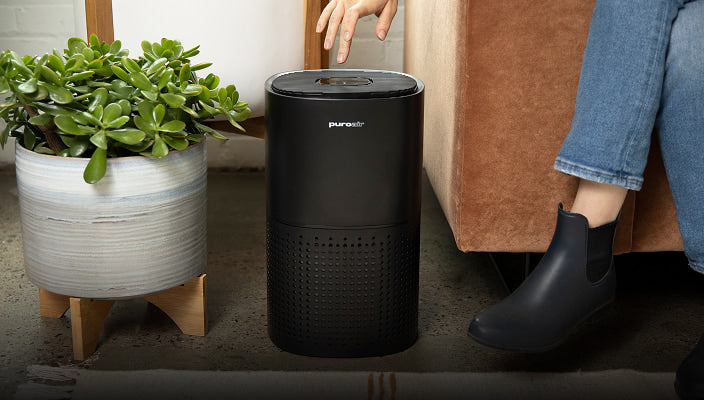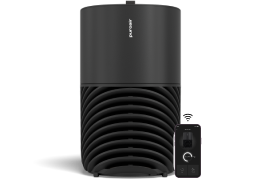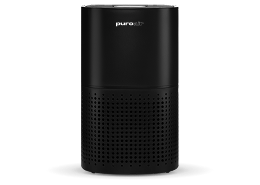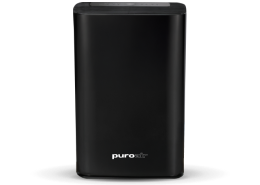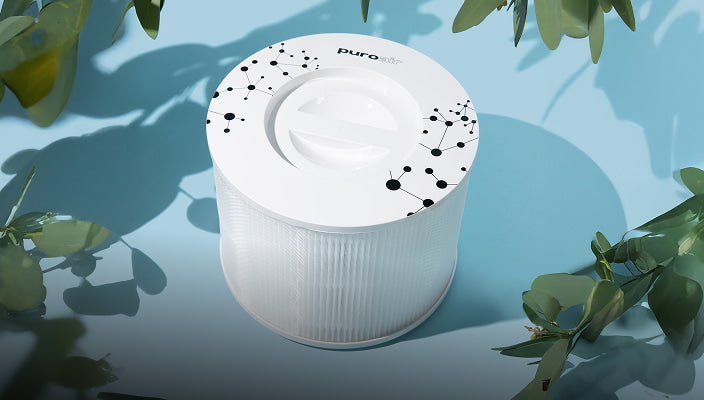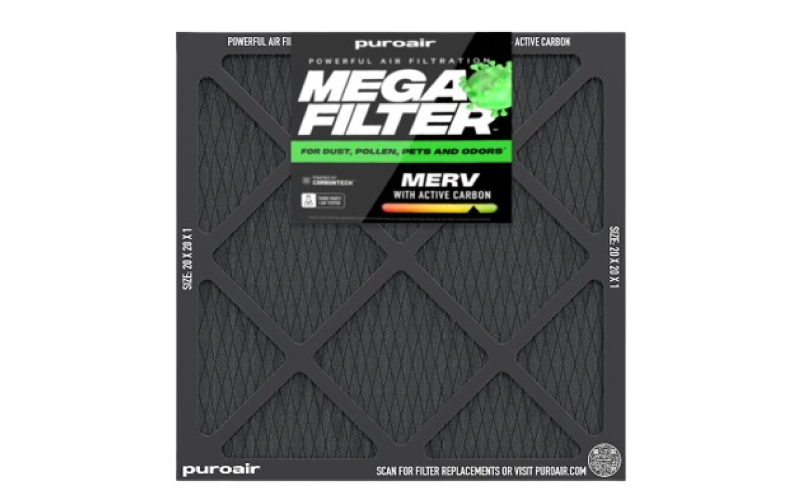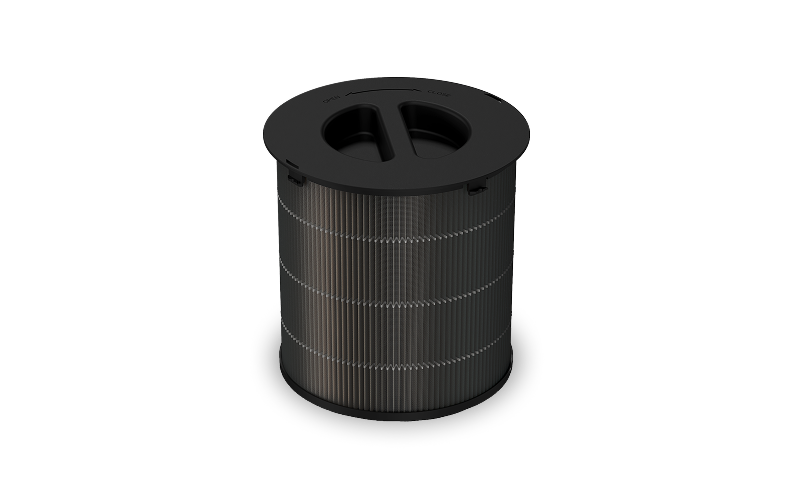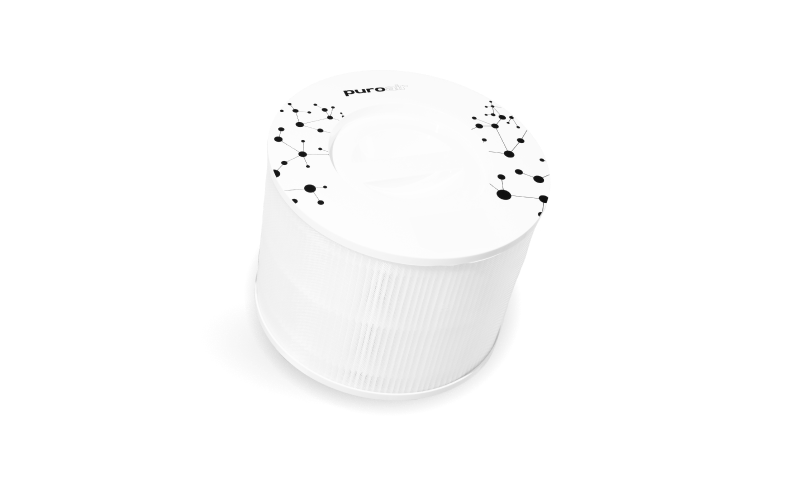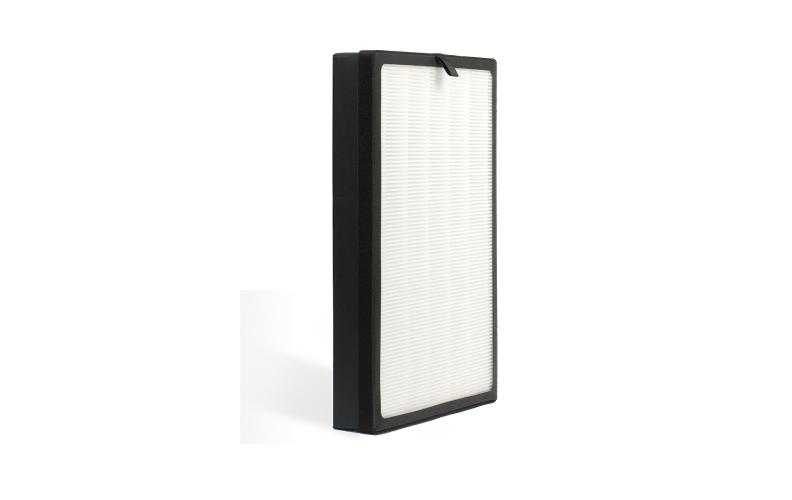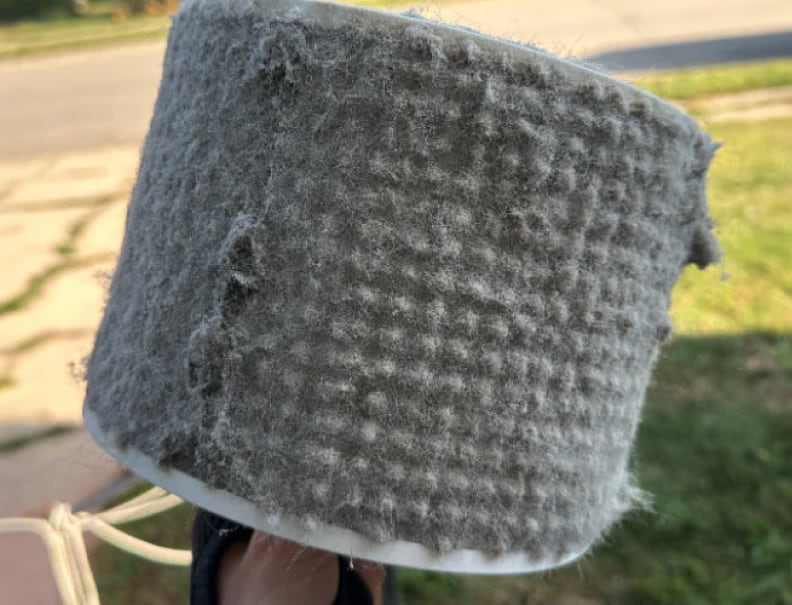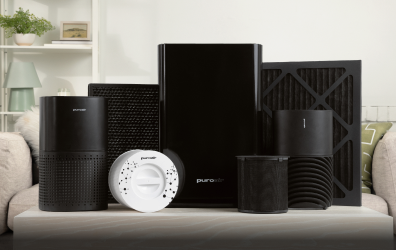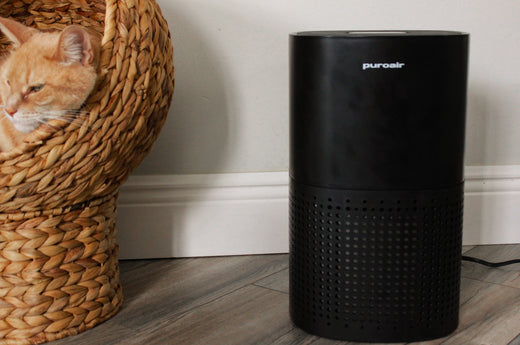Pets bring joy and companionship, but for many, they also bring sneezing, itchy eyes, and other allergy symptoms. The culprit? Pet dander. These microscopic bits of skin shed by our furry companions can linger in your home and trigger allergies or worsen asthma.
Whether you're an allergy sufferer, a pet owner, or both, learning how to manage pet dander can make all the difference in maintaining a harmonious and healthy living environment. This guide dives into what pet dander is, its impact on your health, and five actionable steps to reduce it in your home.
What is Pet Dander?
Pet dander consists of tiny flakes of skin shed by animals with fur or feathers, such as cats, dogs, rodents, and birds. These microscopic flakes are often so small and lightweight that they can stay suspended in the air for extended periods, settling on surfaces and mixing with household dust.
But dander comes with an added challenge—it's often coated in proteins from your pet's saliva, sweat glands, or urine, which are known to be allergens*. These proteins can stick to walls, furniture, or any surface your pet interacts with.
While all pets shed dander, some animals, breeds, and individuals shed more than others. Dog breeds like poodles or bichons may be marketed as "hypoallergenic," but even these animals produce dander, albeit less than most.
How Can Pet Dander Affect Your Health?
Pet dander is capable of triggering allergic reactions and making certain health conditions worse. Here are some ways it can affect your health:
Allergies
Pet dander is one of the most common indoor allergens*. Allergy sufferers may experience sneezing, runny noses, itchy eyes, hives, or even respiratory symptoms like wheezing and difficulty breathing after exposure.
Asthma
For individuals with asthma, exposure to pet dander can act as a trigger, leading to flare-ups or even severe asthma attacks. According to the American Academy of Allergy, Asthma, and Immunology, up to 30% of people with asthma are allergic to cat or dog dander.
Long-Term Sensitivity
Frequent exposure to pet dander can, in some cases, lead to increased sensitivity over time, particularly among children. This makes managing dander levels crucial.
Luckily, minimizing pet dander in your home isn't an impossible task. With a few lifestyle adjustments and the right tools, you can create a cleaner, healthier environment.
5 Ways to Reduce Pet Dander in Your Home
1. Establish a Pet-Free Zone
Creating designated areas where pets are not allowed—such as bedrooms—can limit where the dander spreads. Because you spend a significant amount of time in your bedroom, keeping it pet-free can reduce your exposure to dander during rest. Use hypoallergenic pillow covers and mattress protectors to ensure added protection.
2. Groom Your Pet Regularly
Routine grooming can help reduce the amount of dander your pet produces:
- Brush Your Pet: Use a brush specifically designed for your pet's coat type to remove loose hair and dander before it gets into your home environment. Grooming outdoors is best to keep the dander from settling indoors.
- Bathe Your Pet: Bathing your pet about once a month (or more if recommended by a vet) can help rinse away dander and allergens*. Be sure to use pet-safe shampoos that won't irritate their skin and inadvertently increase dander production.
3. Deep Clean Your Home
Pet dander clings to surfaces, so consistent cleaning is key to reducing exposure:
- Vacuum Thoroughly: Use a vacuum cleaner with a HEPA filter to trap dander particles effectively. Don’t forget to vacuum furniture, curtains, and any other fabric surfaces.
- Wash Fabrics Frequently: Wash bedding (yours and your pet's), rugs, and throw blankets in hot water regularly to remove stuck-on dander.
- Dust Twice a Week: Dusting with a damp microfiber cloth is more effective than dry dusting, as it traps dander instead of scattering it back into the air.
- Upgrade Your HVAC Filter: Switching to an HVAC filter with a MERV 13 rating will add another layer of dander-fighting filtration around your home. Also, the PuroAir Mega HVAC Filter has an activated carbon layer to filter our pesky odors.
4. Invest in an Air Purifier
A high-efficiency particulate air (HEPA) purifier can work wonders for keeping the air in your home clean. Placing a HEPA purifier, like the 130i Smart Air Purifier, in frequently used rooms will help filter microscopic particles, including dander, dust, and pollen. Some air purifiers are even designed specifically for homes with pets, like the PuroAir 240. The PuroAir 240 filters up to 99.9% of these particles and contains a carbon filter layer to help mitigate pet odors.
5. Manage Your Pet’s Health
A healthy pet sheds less skin, reducing the amount of dander produced. Ensure your pets are getting proper nutrition, hydration, and routine veterinary care to maintain their coat and skin health. If you notice excessive shedding or dry skin, check with your vet—it could be a sign of allergies or other underlying conditions.
Create a Dander-Free Oasis at Home
Living with pets and minimizing allergens* may seem like a balancing act, but it’s entirely possible with the right strategies. By creating pet-free zones, maintaining a solid grooming and cleaning routine, and investing in air-quality solutions like a PuroAir Purifier and MERV 13 HVAC filter, you’ll keep pet dander to a minimum without giving up your furry companions.
Want to reclaim your home and breathe easier? Start by taking small, consistent steps today and enjoy the difference it makes—not just for you, but for every member of your household (pets included!).
*Tested to remove Fel d 1 and pollen in an ISO 17025 certified lab.

